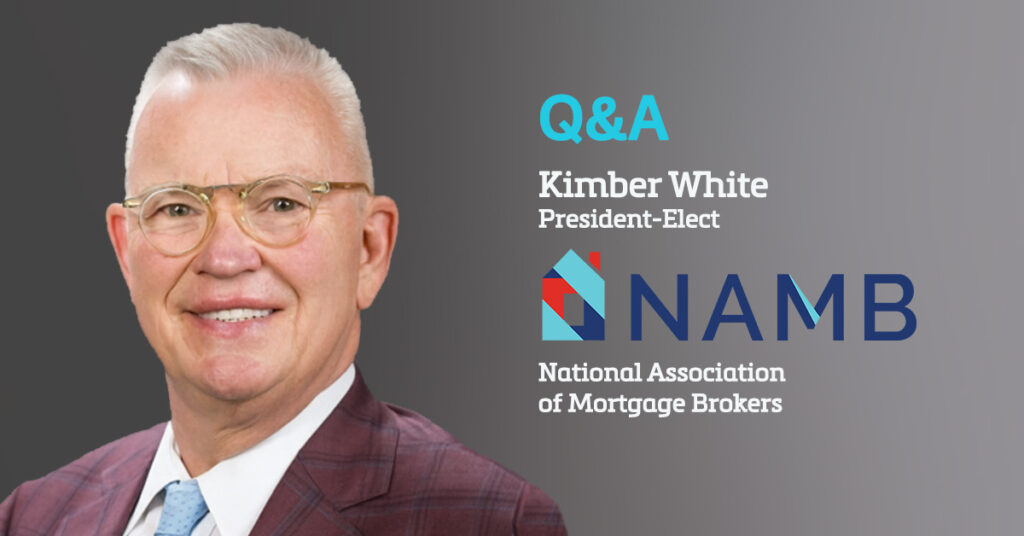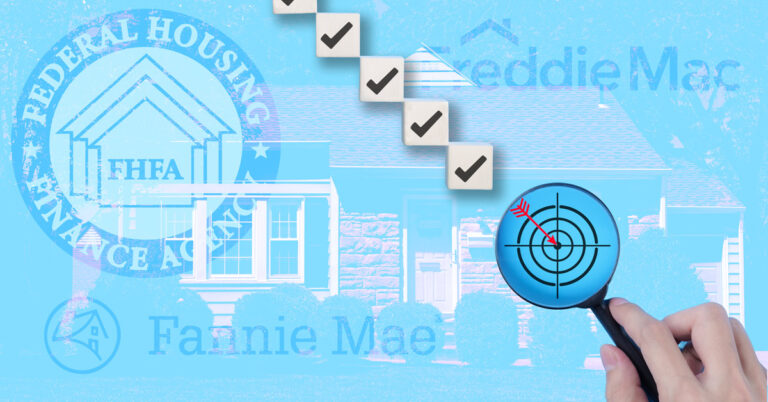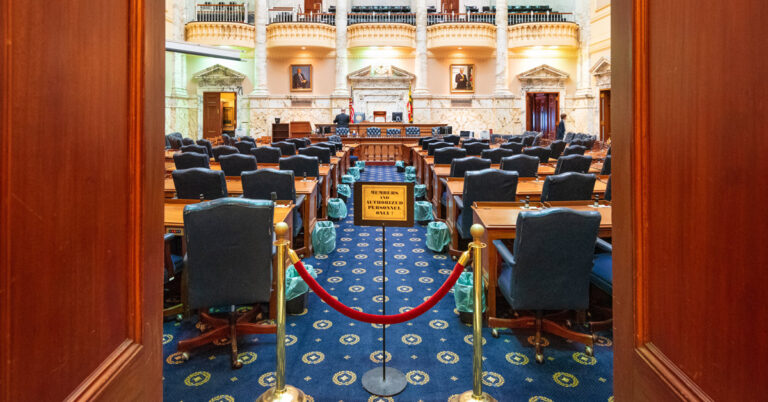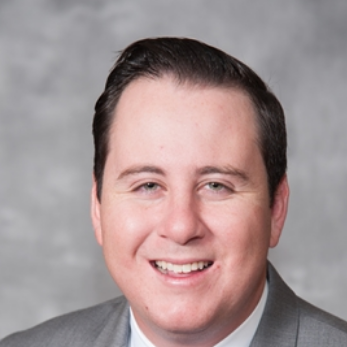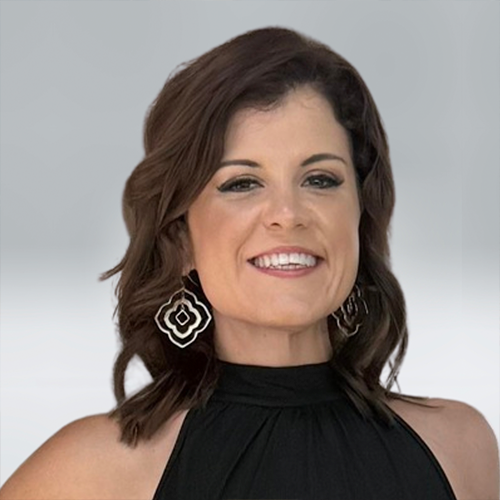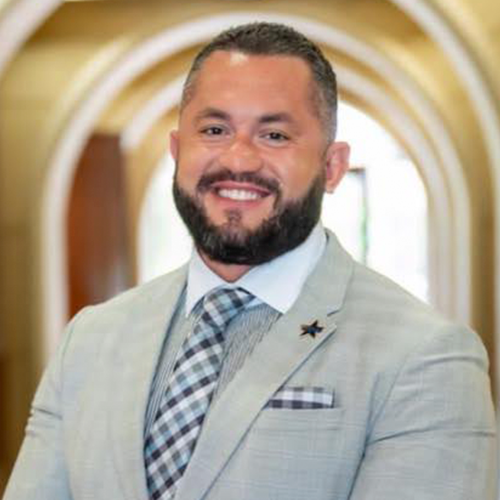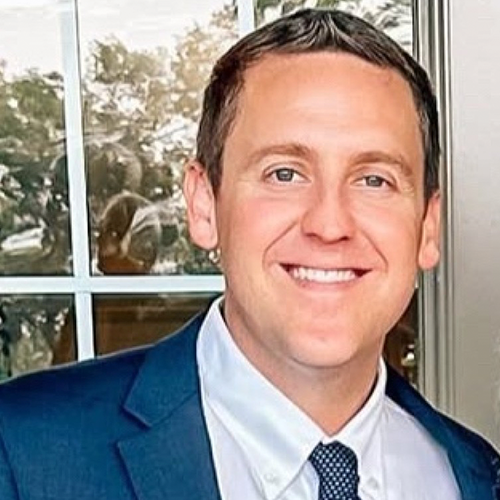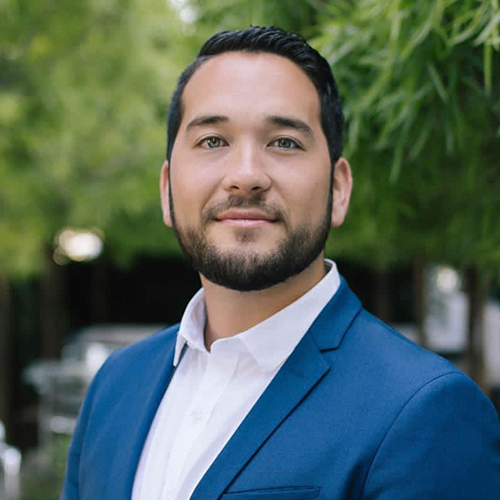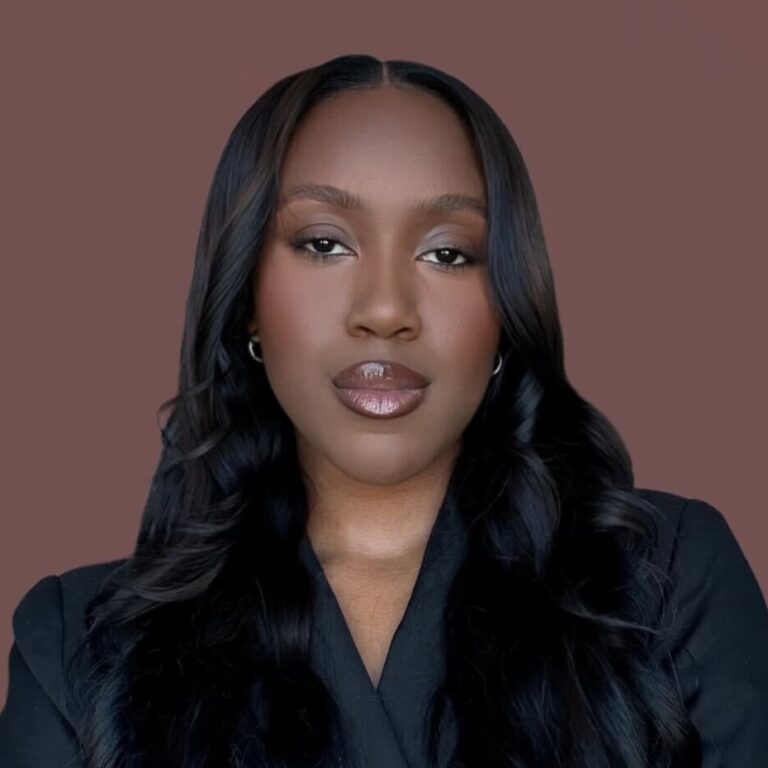Kimber White didn’t start out to be a mortgage broker. He was working in pest control in North Carolina when he developed allergies. Unable to work with the chemicals required for that profession, he was unsure of what to do next. When offered the chance to work at a mortgage company based in northern Virginia, he demurred.
“My exact words were, ‘I flunked math. That was the only thing that kept me off the honor roll,’” White said with a laugh.
Fortunately, he decided to give it a shot. Fast-forward nearly 40 years, and White is the president-elect of the National Association of Mortgage Brokers (NAMB). He’s set to assume the national trade association’s top post on Oct. 1, a role he previously held in 2020-21 after joining the group in 2012.
Now based in Florida, White is also a branch partner at the mortgage brokerage company RE Financial Services Inc. along with Valerie Saunders, herself a former NAMB president who currently serves as the association’s chief executive strategist.
2025 has been a busy year for NAMB. The group was actively involved in advocating for the VA Home Loan Program Reform Act, legislation that creates a safety net for veterans who are late on their mortgage payments. It was signed into law July 30.
The Homebuyers Privacy Protection Act, a bill that aims to curb abusive spam calls to prospective homebuyers — known as trigger leads — was another pet project of NAMB’s. It passed through the full Senate on Aug. 2 and was sent to President Donald Trump’s desk on Monday, according to Washington intel relayed to Scotsman Guide by White.
With an eye toward the fall homebuying season and what lies ahead in 2026, White spoke with Scotsman Guide this week. Topics included the ongoing affordability gap for first-time homebuyers, challenges facing mortgage brokers today, the increasing role artificial intelligence will play in the industry, and what’s on tap for NAMB in the near term.
Get these articles in your inbox
Sign up for our daily newsletter
Get these articles in your inbox
Sign up for our daily newsletter
When Scotsman Guide spoke with [current NAMB President] Jim Nabors in April, he called the trigger leads bill the ‘No. 1 issue for NAMB right now.’ Now that it’s nearing the finish line, what’s the top issue for the association?
Our No. 1 issue I think that’s coming up right now is affordable housing and having some housing initiatives and first-time homebuyer initiatives … and [having] discussions and solutions to the loan-level pricing adjustments [that increase the costs of mortgages backed by Fannie Mae and Freddie Mac] that were put on under the last administration. Because that’s consumer tax. Call it what it is, that’s just a consumer tax. The 100% AMI [threshold to qualify for certain Fannie and Freddie mortgage programs], they reduced it to 80% AMI. And if you put it back to 100% of the area median income, that would give more borrowers the ability to buy.
You’ve been in the mortgage industry for more than 30 years. How do the current affordability challenges compare with other times in your career?
I think the affordability issue is worse now than it was before. Unlike in the ’80s, the income kept up with the housing [costs]. Your income is not keeping up with your housing [now]. I think the wealth and equality gap is a lot more now than then. I think there were more people with disposable income back then. Parents could help their kids. I’m a boomer myself, and they are going back to work, a lot of them. They don’t have that saved income. COVID affected them. So, it is a different generation, and it’s hard to save the money. And I think, for me, you can’t compare the ’80s or even ’90s to today. It’s a wider gap.
Scotsman Guide spoke with Valerie Saunders in July about loan originator compensation reform, and she discussed NAMB’s positions, including your support for lender-paid compensation. What are you hearing in Washington about any potential changes to LO comp regulations? And what’s going on at the CFPB [Consumer Financial Protection Bureau] level — is recission of the LO comp rule a possibility?
The CFPB’s report hasn’t come out, so we don’t know what their ideas are [or] what their thoughts are on rescinding it. We expected it to be done in July and it wasn’t. So we don’t know. We’ve asked our lobbyists to look into it and find out. So for us, it’s a wait and see, to be honest. But I just don’t see them totally rescinding and going back to [broader regulations under] Dodd-Frank. Hopefully we should know something in the next month or so.
What else is NAMB working on at the federal level? What’s on your agenda for the fourth quarter of this year and in 2026?
What I would to like to see to start off my presidency is to talk about the VA Modernization Act … and to talk about the loan-level pricing adjustments and affordable housing policies that we can work with, and to really sit down and see where [Federal Housing Finance Agency] Director [Bill] Pulte is and discuss some of these housing issues and how we as an industry can better help mortgage brokers and loan officers and help spur the housing industry. The loan-level price adjustments, to me, while they may never go away, some adjustments to them would help spur the economy and automatically lower interest rates. If you would just get rid of the loan-level price adjustments on investment properties or you cut them in half, you could cut your interest rates by probably half percent, quarter minimum. That’s huge.
How do you see AI changing the mortgage industry?
I tell loan officers that AI will replace you if you don’t learn how to use AI and learn how to adapt to the industry. We can’t be afraid of it. We have to learn to adapt. We have to learn how to use artificial intelligence in our business day to day. For me, I’m old school, so that’s why I’ve hired people younger than me to learn that and to be educated and understand it. It is a tool that is useful in your business, and in the long run it’s going to replace some of the things that have been taking a long time to do but now you can do a lot faster. It’s also going to help the industry, I think, speed up underwriting and review of things and finding conditions. So I think it’s an enhancement and it’s a tool. I do not think it’s a replacement.
What are the biggest challenges facing mortgage brokers now?
I think the biggest challenge with mortgage brokers right now is lack of education. Now more than ever, you’re having to get creative. The business has slowed down. In 2020, when I took over as president, if you’d have told me that I was going to a virtual trade show, I’d have looked at you like you had two heads. And Zoom? Who knew Zoom in 2020? But we had to adapt. I think a challenge for the broker industry also is a lot of the online lenders and the inability to be able to sell the programs and have the knowledge. It’s a slower industry. I think that’s going to turn around, but right now the biggest challenge to me is not having enough education out there.
Speaking of education, the annual NAMB National conference is coming up in October. What’s on tap for this year?
One thing that NAMB always does at NAMB National, we always offer education breakout sessions. We have the largest trade show with industry partners and sponsors that you can actually go meet. NAMB National has breakout sessions about AI and has keynote speakers about branding yourself. We have keynote speakers about marketing. We have some of our vendors that are going to be there talking about how to get into the mortgage industry. NAMB is coming out with a lot of educational classes this year and we’ve focused on education of your business. This is how to better your business, and grow your business, and that’s one of our big focuses this year at NAMB National. And it’s free!

